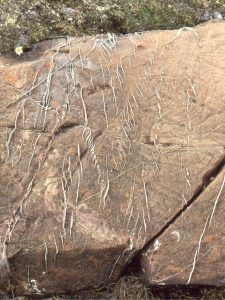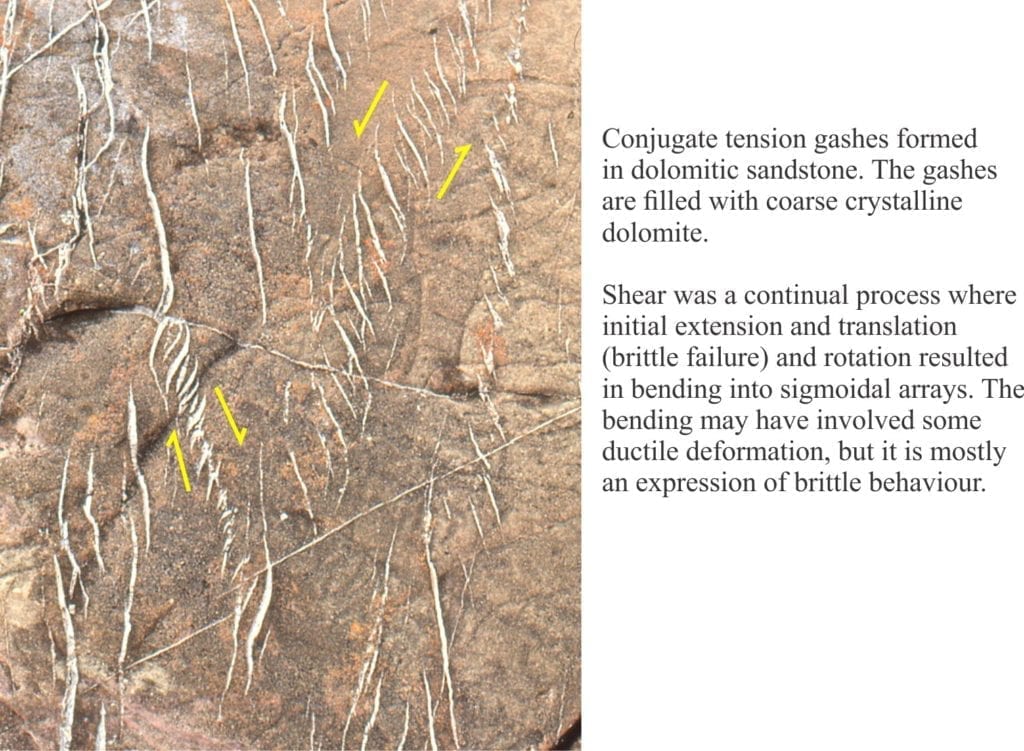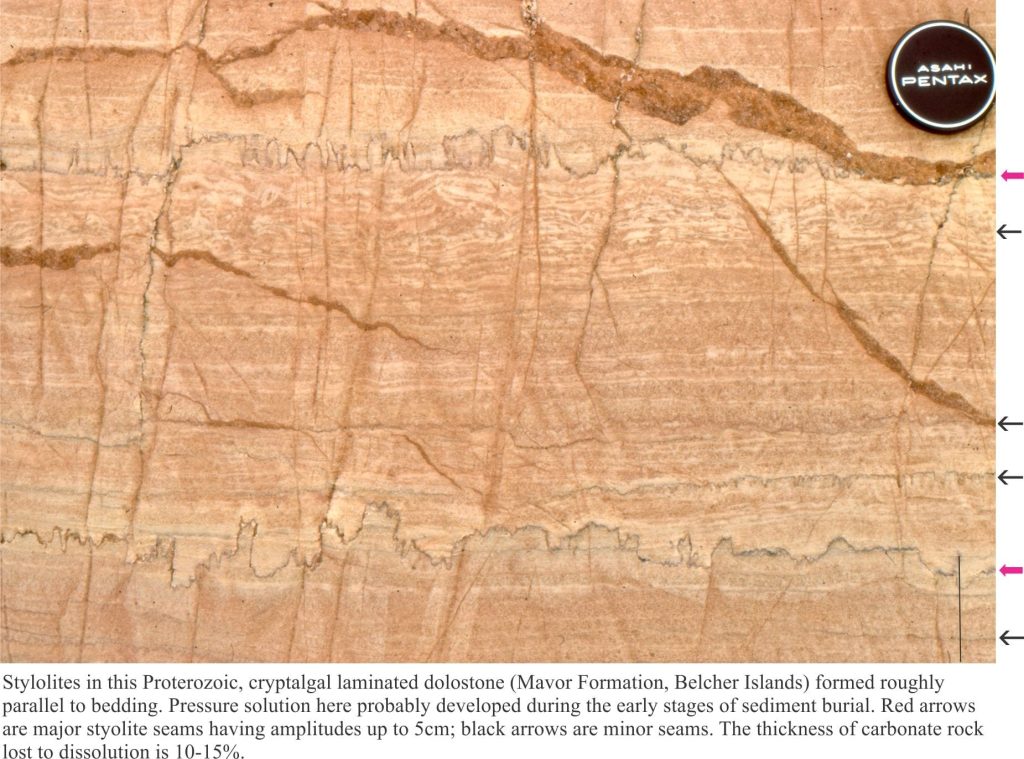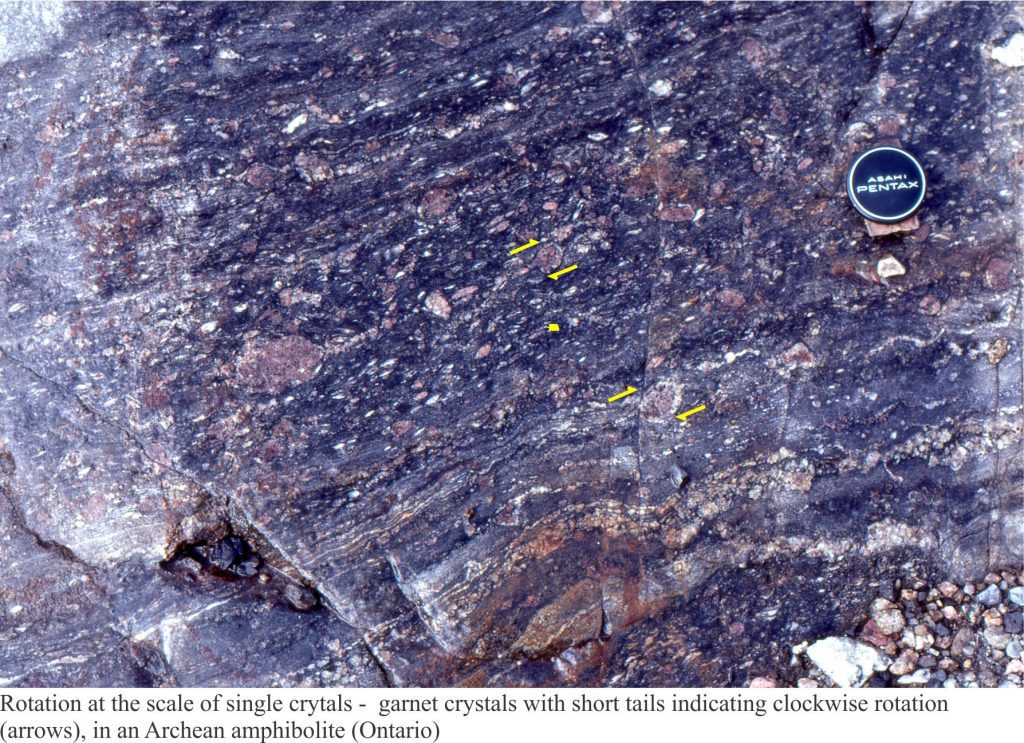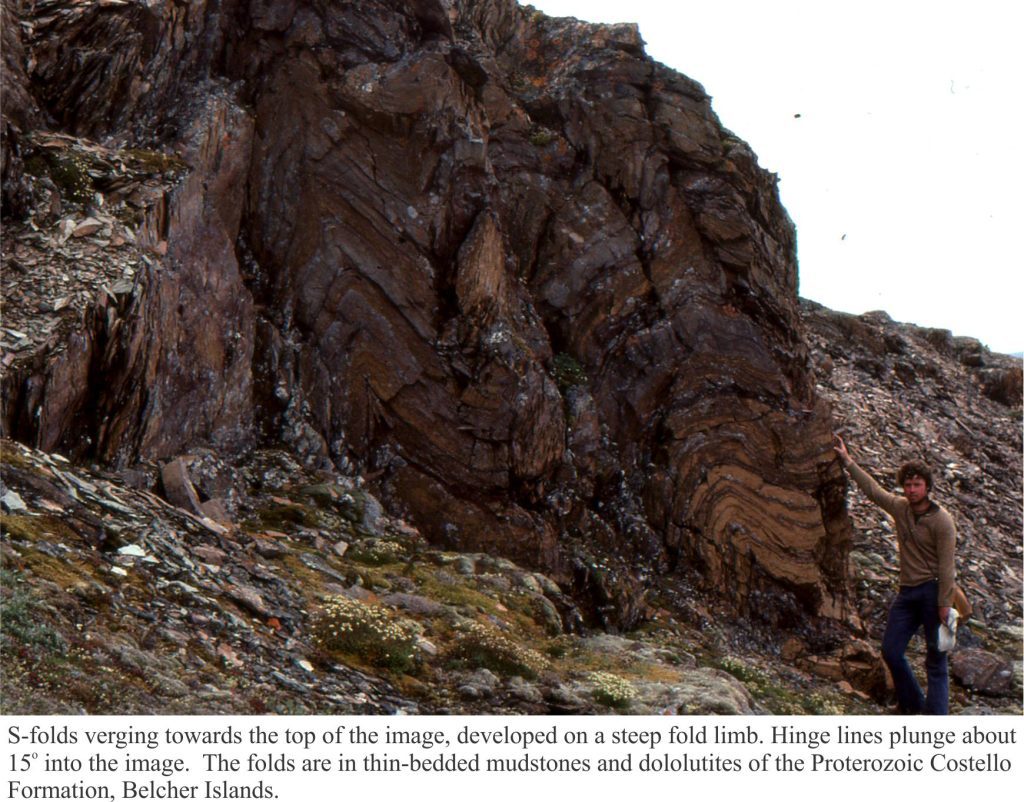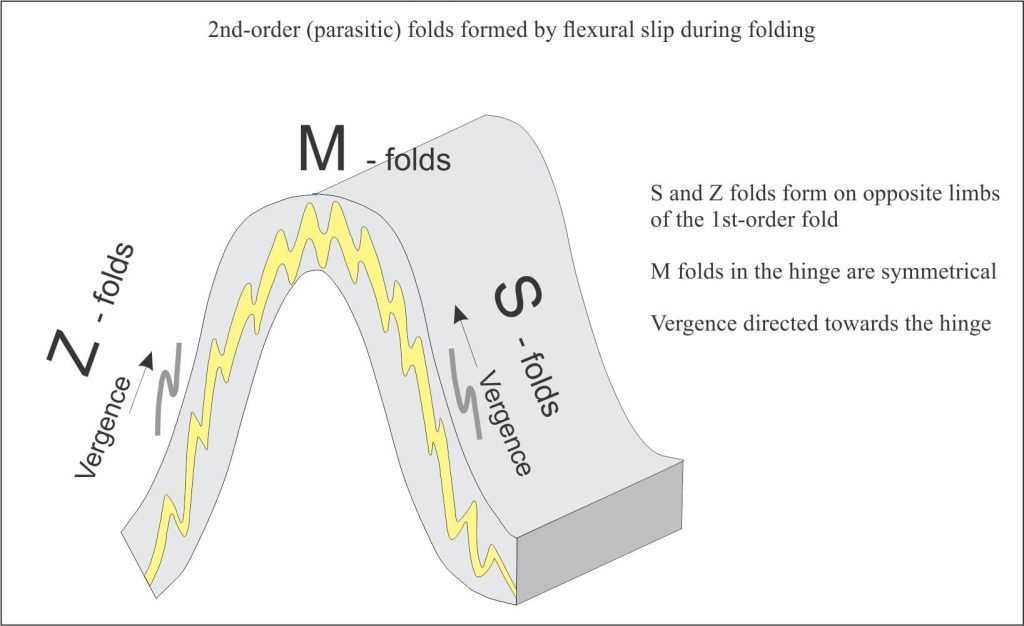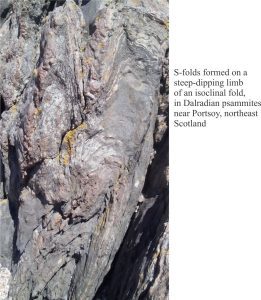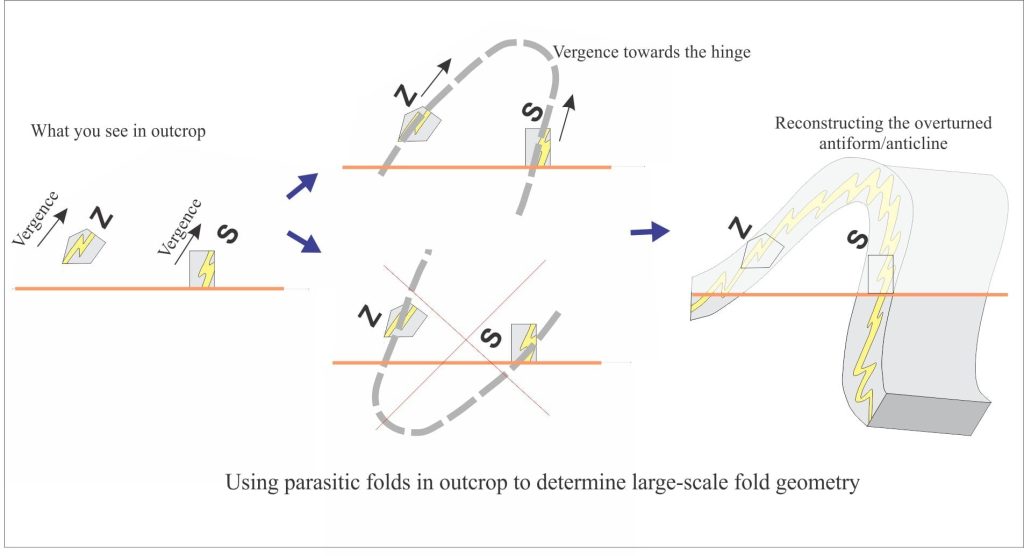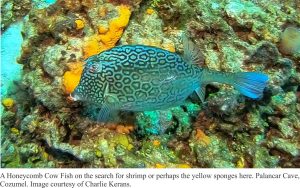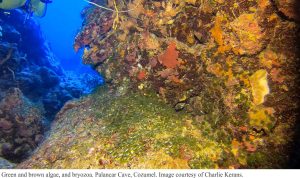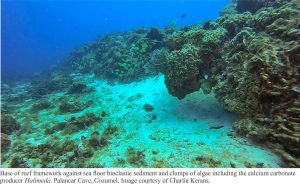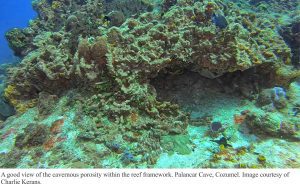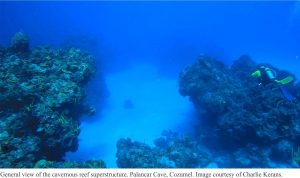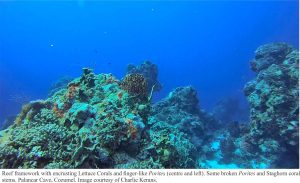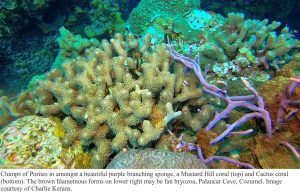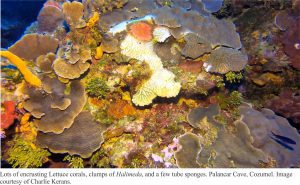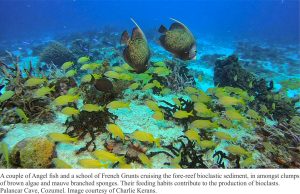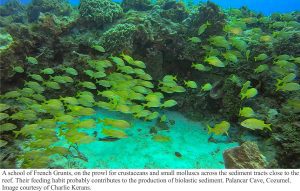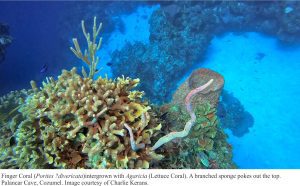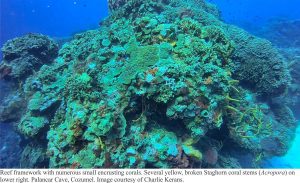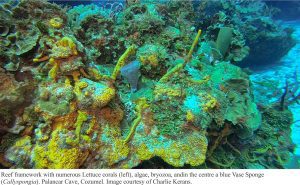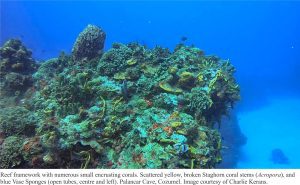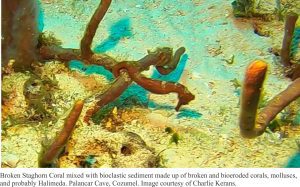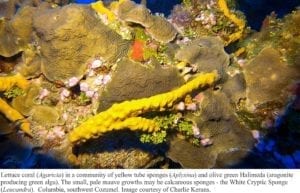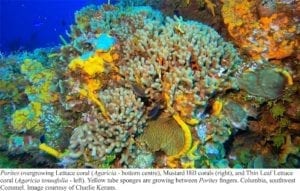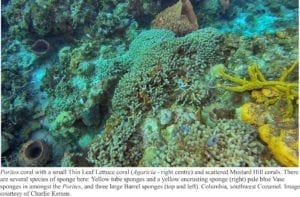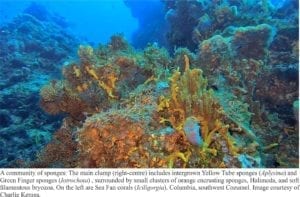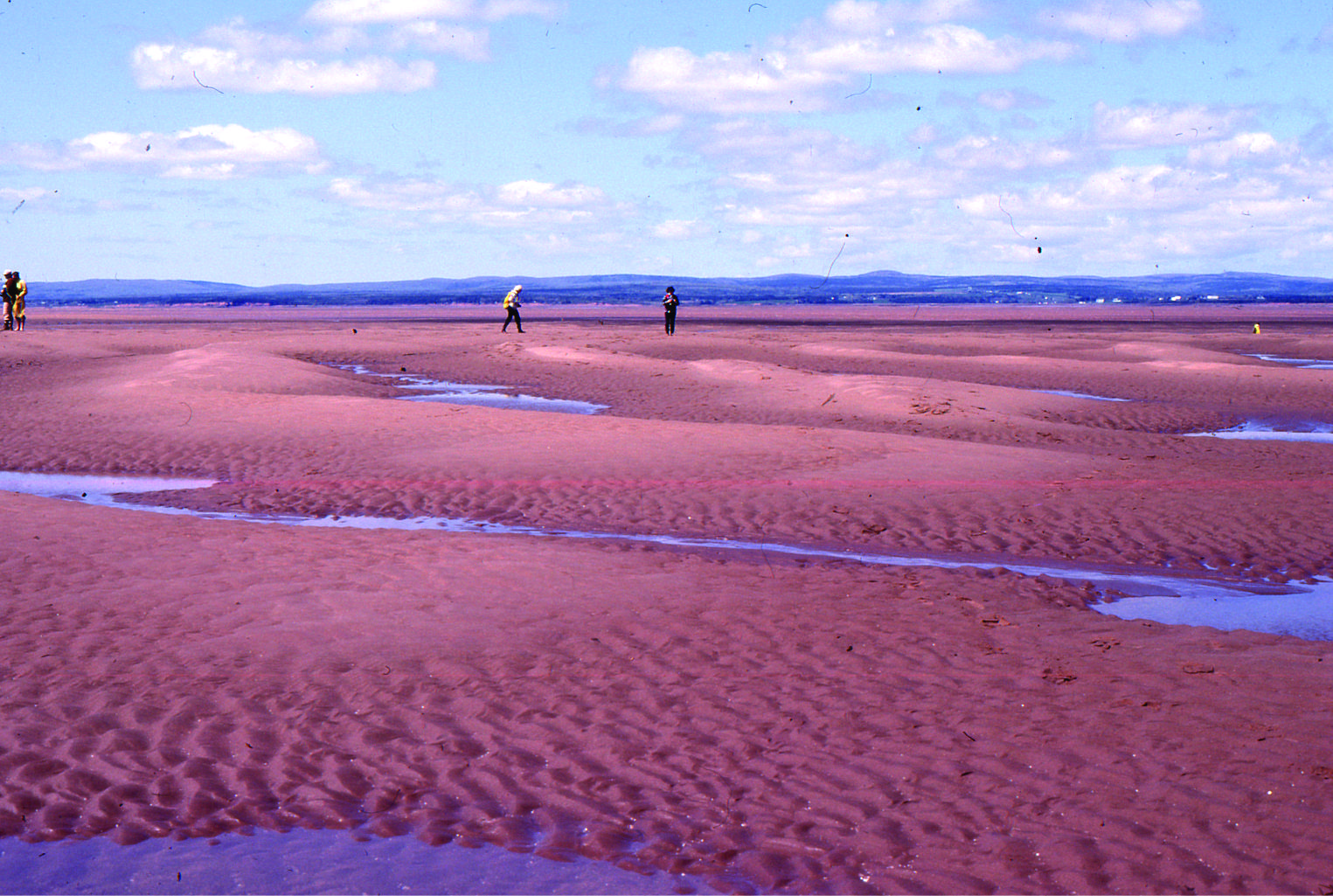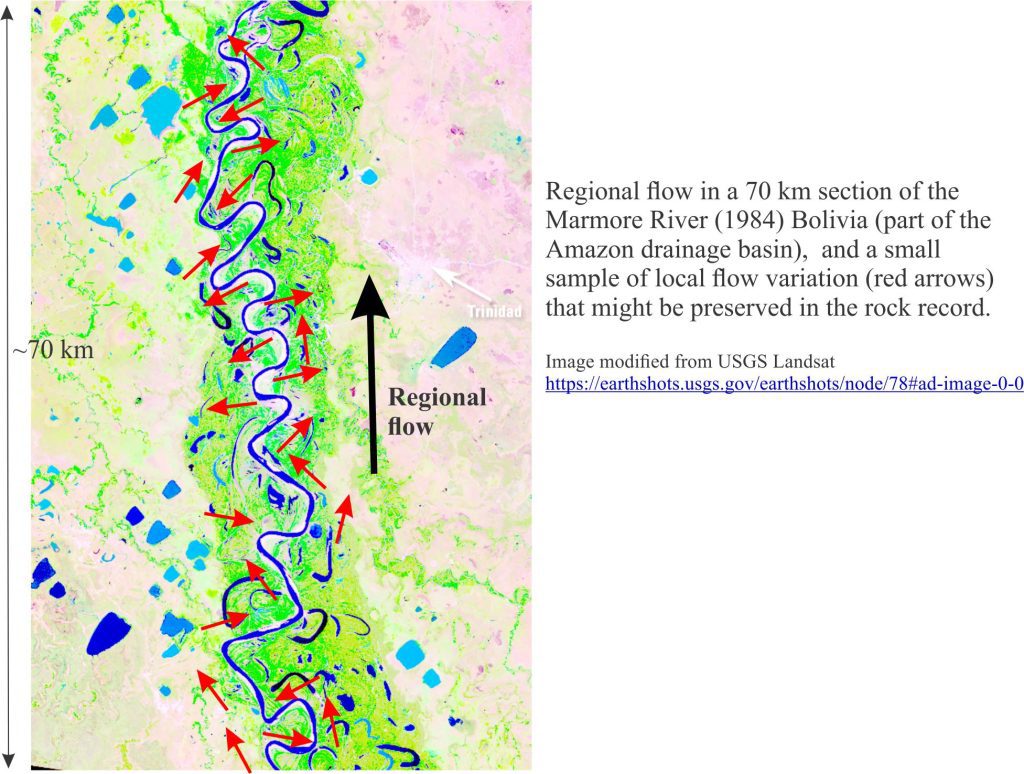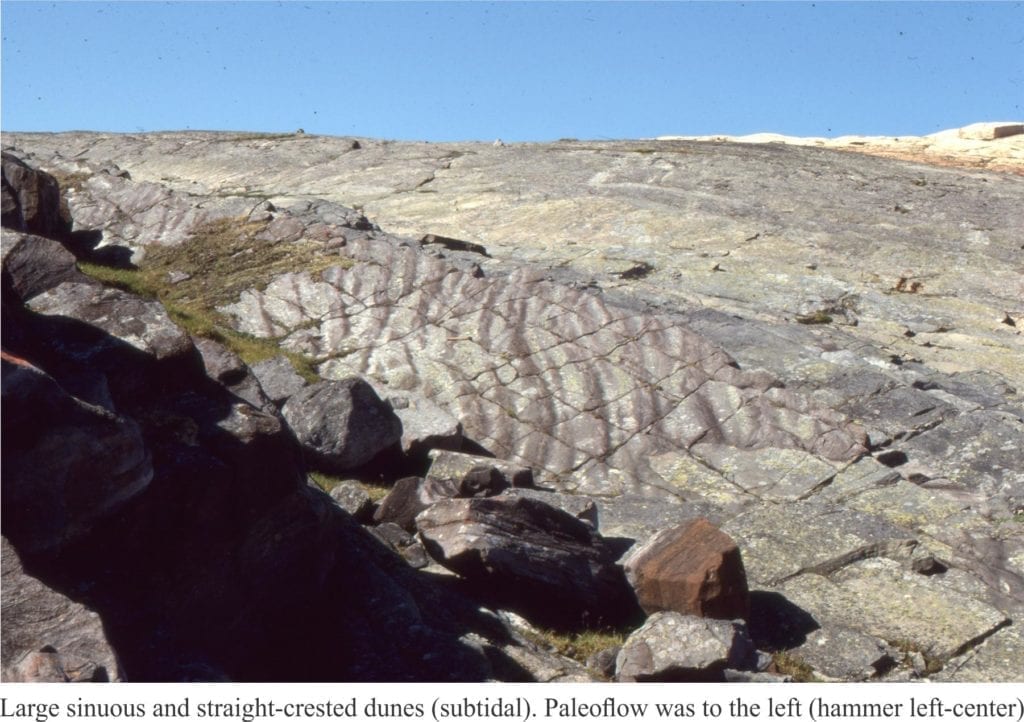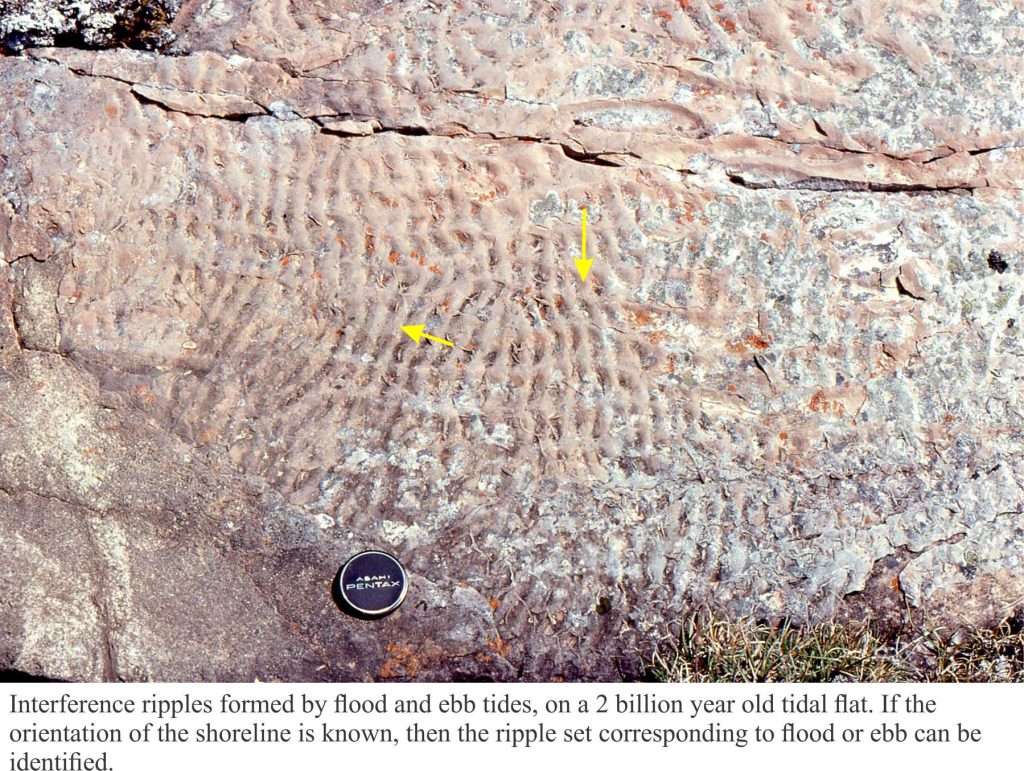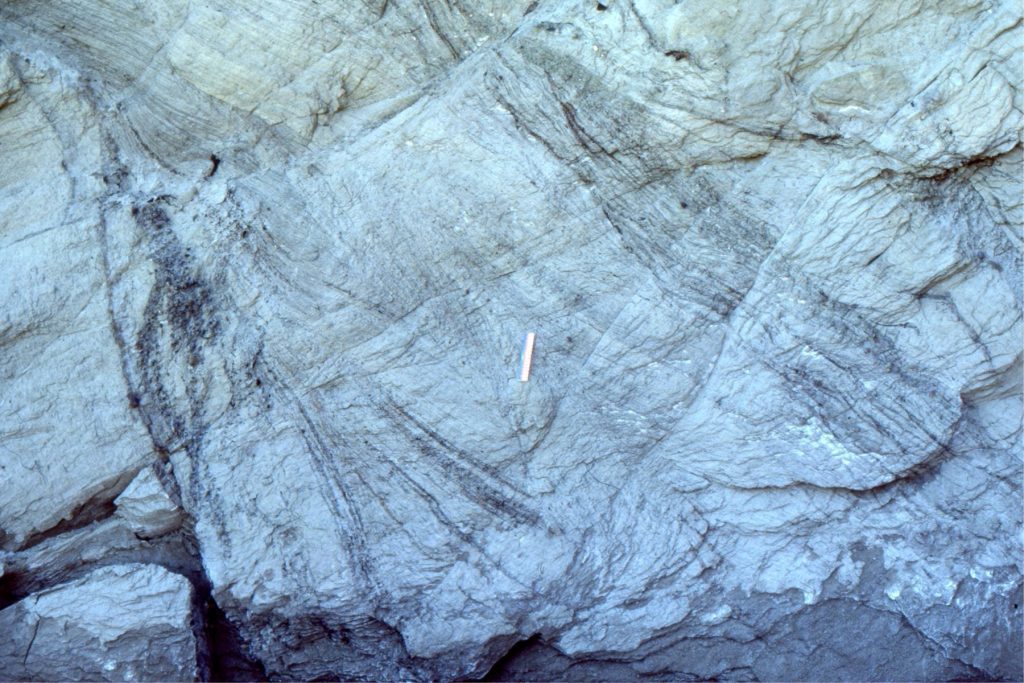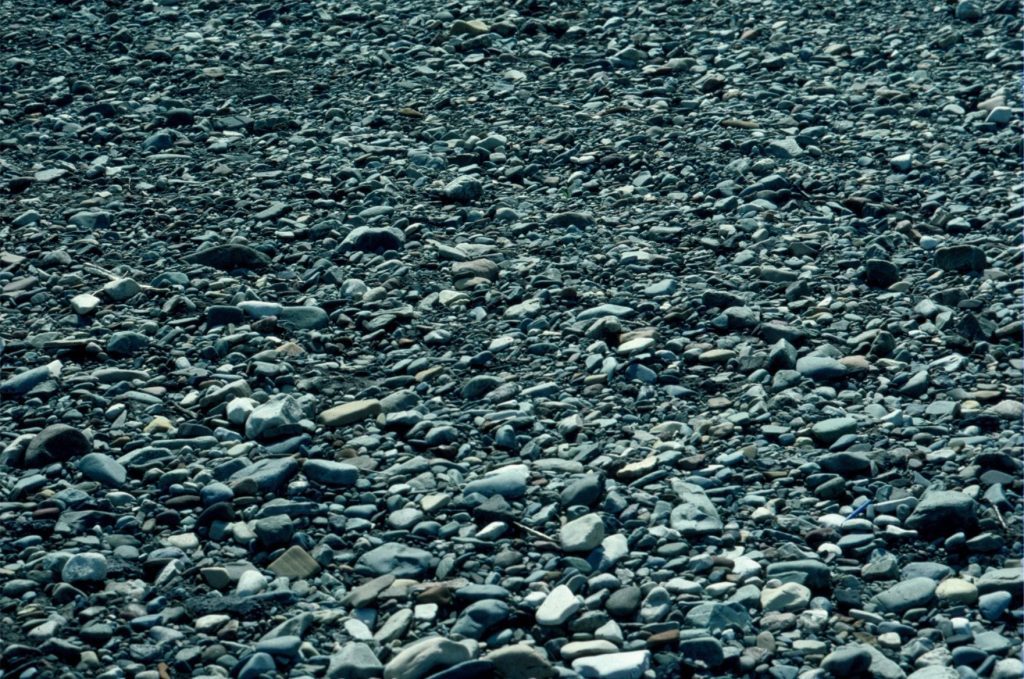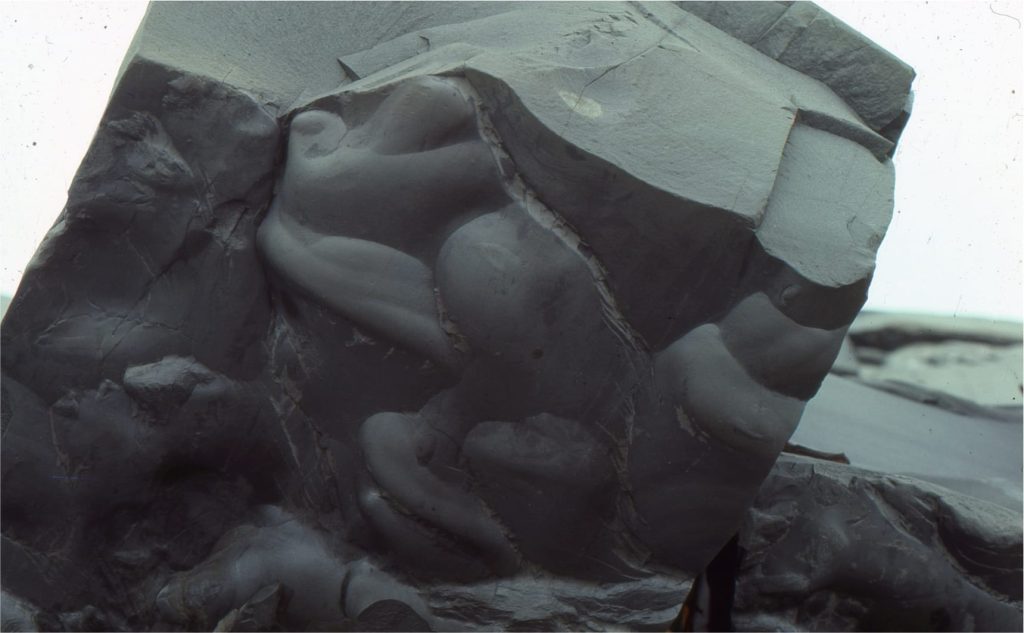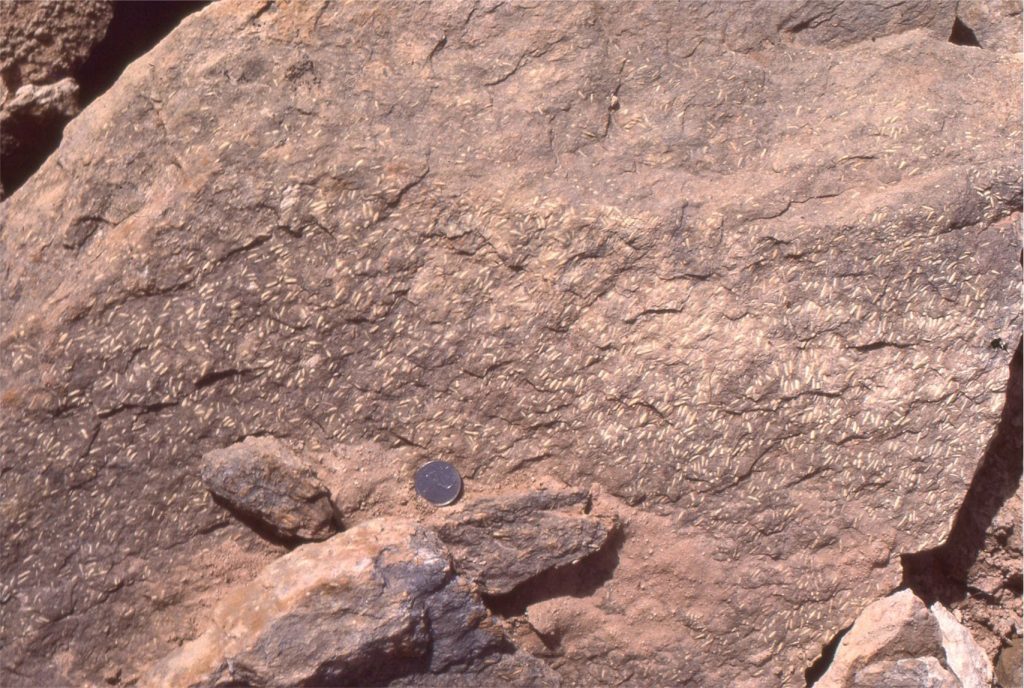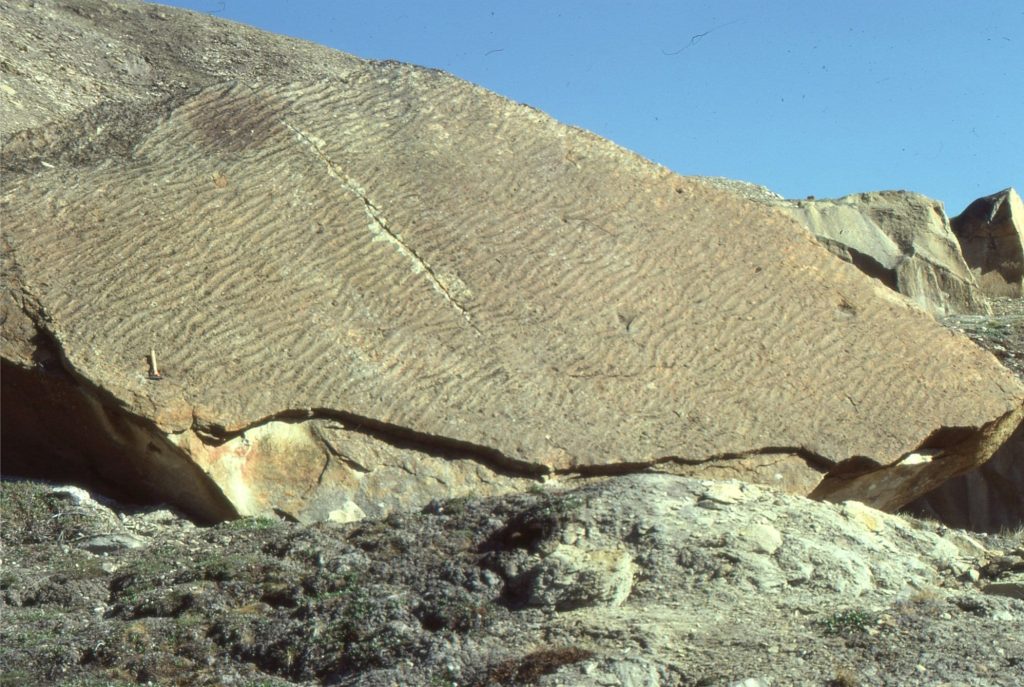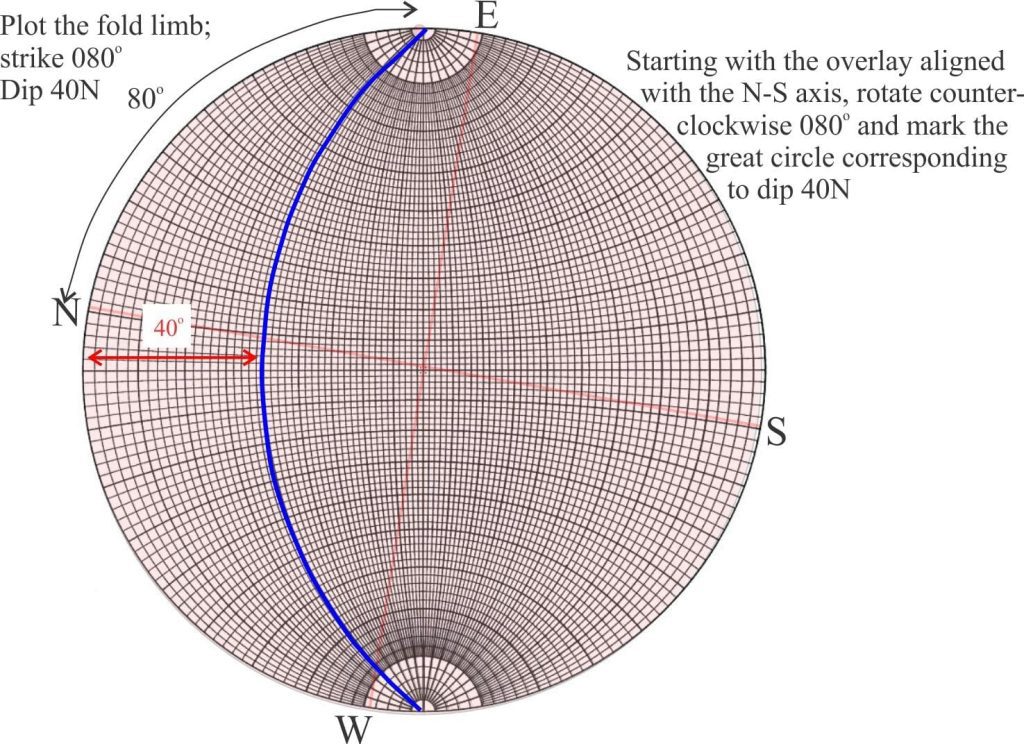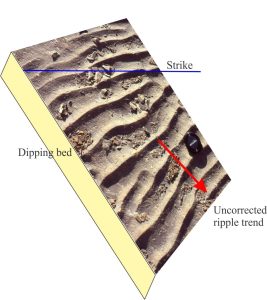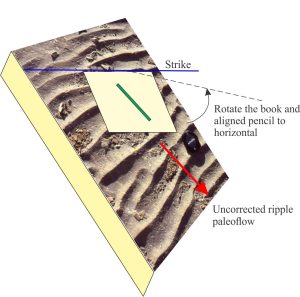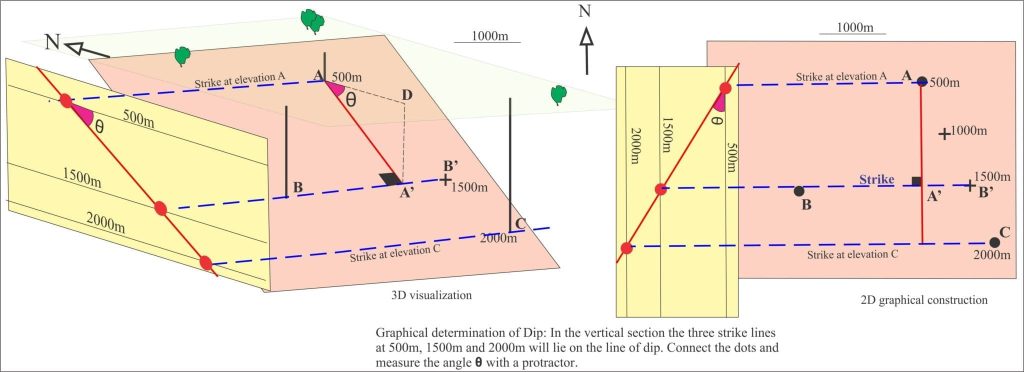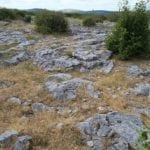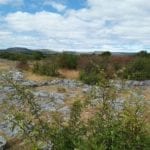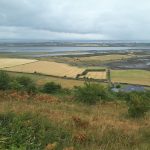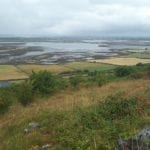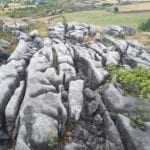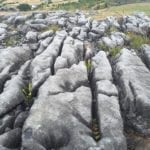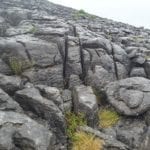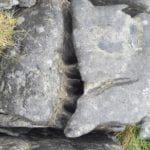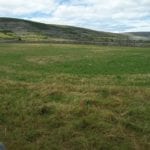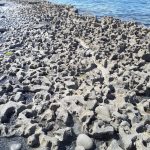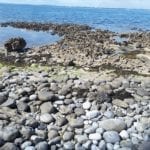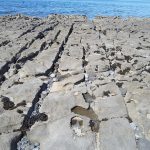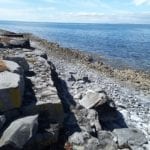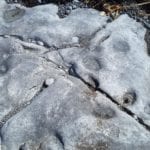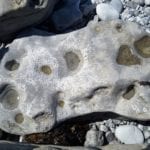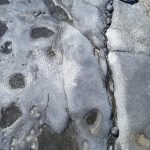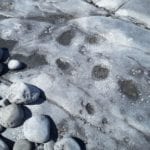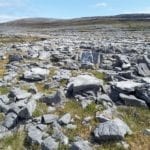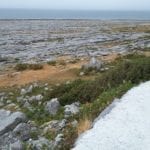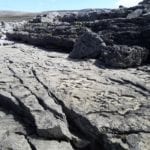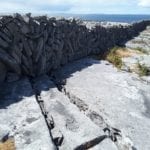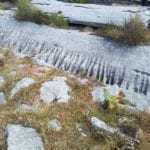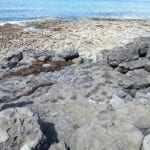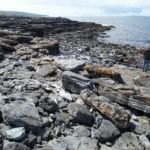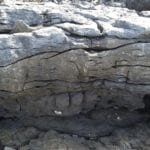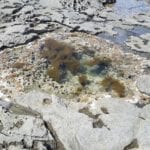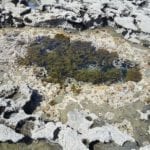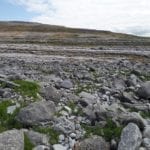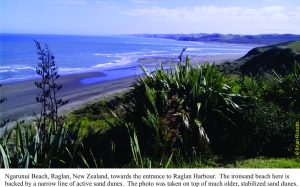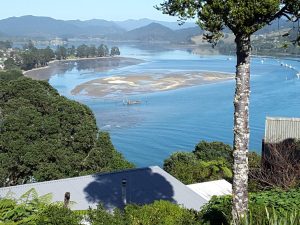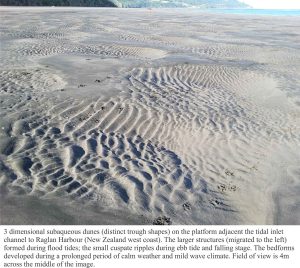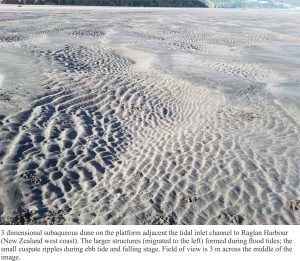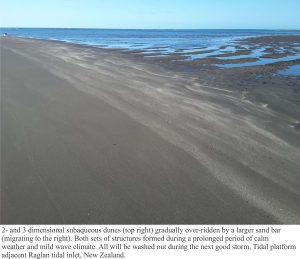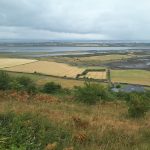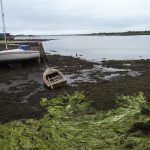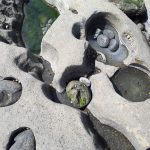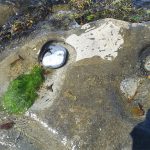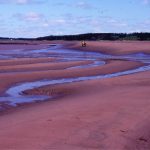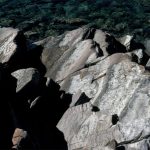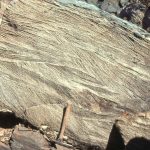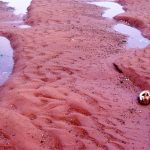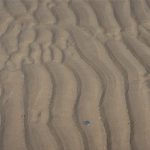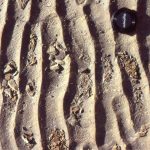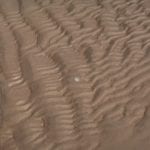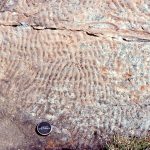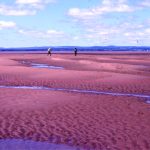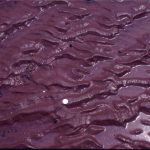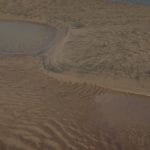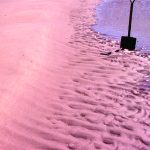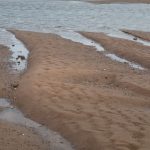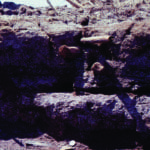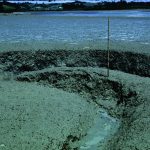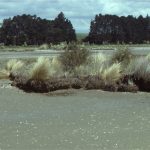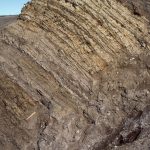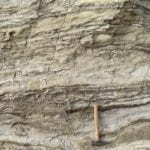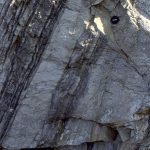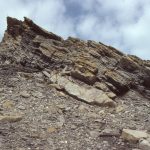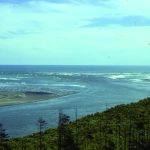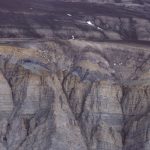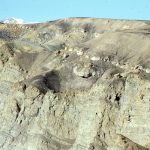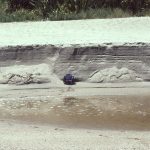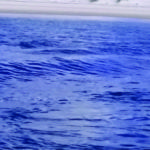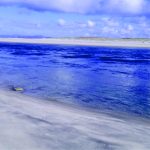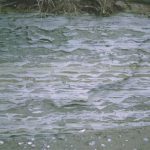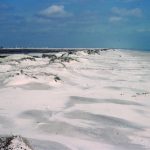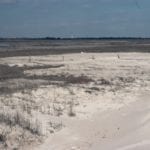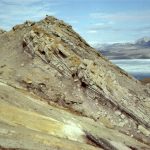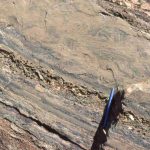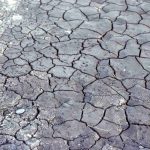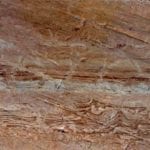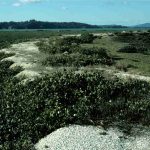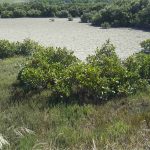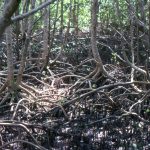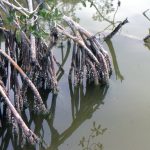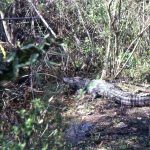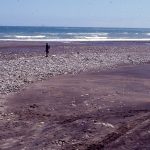This post is part of the How To… series
Kinematics is the branch of classical mechanics that studies movement. Questions of movement in the geological world center on deformed rock, the kind that produces fault zones and landslides, thrust sheets and folds, or entire mountain belts and the evolving boundaries of tectonic plates. Our analyses can probe single crystals in thin section, or entire mountains.
Kinematic analysis is essentially a geometric exercise. In the geological world, kinematics is concerned with the change in location (translation) of a body of rock or parts of a rock, its rotation, distortion (changing shape), and dilation (changing size). Changes in location and orientation are described as rigid body deformation; in this case the body of rock is unchanged apart from wholesale movement. Deformation that results in a change in shape or size of a rock body is referred to as non-rigid. Note that there is no reference to the forces that bring about deformation.
In the diagram above I have overlaid the image of a cobble (hard andesite) with an orthogonal grid. The grid provides useful reference points for changes in position or shape. In the case of translation via faulting, we can measure the separation of two reference points to determine the amount of displacement. Rigid body rotation can be measured as an angular displacement with reference to clockwise/counter clockwise movement (in this case it is important to record the direction of observation). Distortion and dilation can be measured as changes in lengths, for example changes in the major and minor axes of the cobble will indicate the degree of shortening or stretching. In this case, assumptions need to be made about original shape and this is where body fossils, some trace fossils, and objects like ooids are particularly useful because their shapes are well known.
The four end-member conditions are a useful starting point for kinematic analysis but deformation of rock commonly creates more than one geometric response. Boudinage is the extension of contiguous rock into separate blocks (translation); if there is a component of shear these blocks will rotate. The example from Belcher Islands illustrates this nicely – each sandstone boudin has been rotated as a rigid body. However, the surrounding shale has behaved in a more ductile manner and became distorted as it filled gaps between the boudins.
More extreme examples of stretching are shown in the example of an Archean conglomerate from two outcrops near Tamiskaming, Ontario. In this case we don’t know the original shape of the clasts, but we can get a sense of the change in shape (stretching) between the two outcrops. In both examples the clasts have acted as non-rigid ductile bodies.
Tension gashes, common in fault zones, also provide a nice illustration of translation (initial rigid body extension), followed by rotation and, if shear continues, distortion. The result is a set of en echelon, sigmoidal gashes that are eventually filled by crystalline quartz or calcite/dolomite. The crystal precipitates may also exhibit some degree of deformation.
One of the more obvious examples of dilation is pressure solution, where certain minerals dissolve under compression, thus reducing rock volume. Cleavage forms in response to a combination of rock shortening and growth of metamorphic minerals like mica and chlorite. Stylolites, a relatively common structure in (non-metamorphosed) carbonates also represent pressure solution of calcite or dolomite, that thins rocks perpendicular to the principle compressive stress. A necessary condition for stylolitization is that the dissolved minerals must be removed from the area of compression; this involves mass transfer of the aqueous solutions. The boundaries of pressure solution are typically irregular, saw-toothed surfaces marked by dark insoluble minerals such as clay, quartz and feldspar.
Kinematic indicators do not occur in isolation. For example, the Alberta Front Ranges (part of the Rocky Mountains) consists of a humongous stack of thrust sheets; all the structures associated with the thrusts such as hanging-wall and foot-wall folds, normal faults and ramps are kinematically linked. The indicators may change from one locality to another – from dislocation here to distortion there, but to make sense of this structural domain, there needs to be consistency among all the indicators, whether you are looking at a thin section, an outcrop, or entire mountain belt.
Other useful links in this series…
Using S and Z folds to decipher large-scale structures
Stereographic projection – the basics
Stereographic projection – unfolding folds

